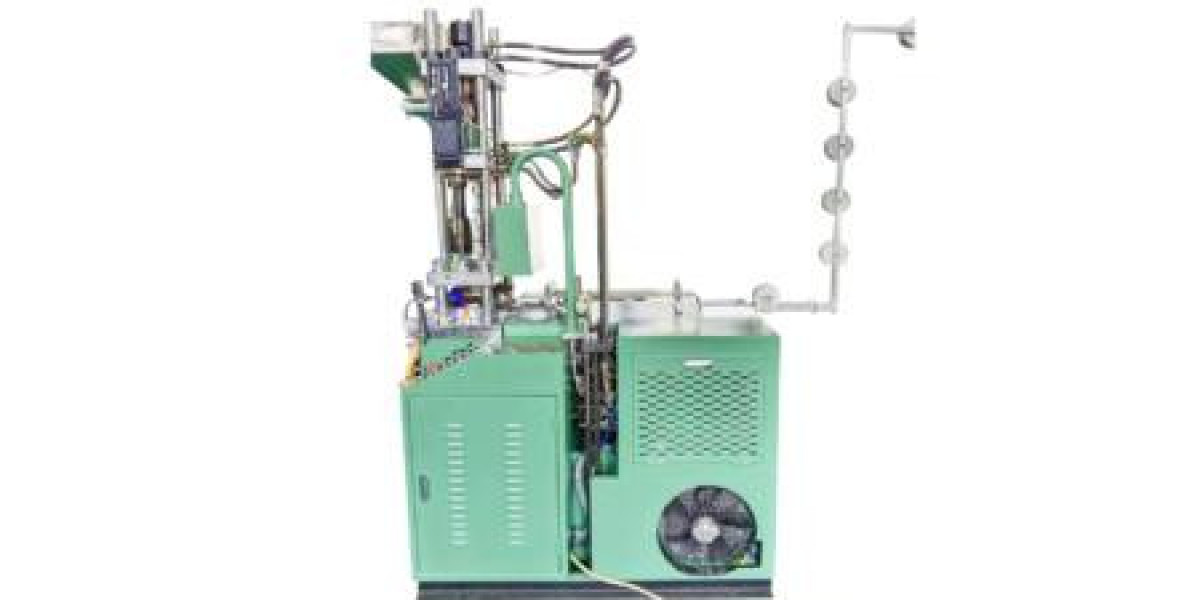For garment and bag manufacturers, a high-performance zipper arranging machine is a game-changer—it cuts manual labor, reduces errors, and speeds up production. But with various models on the market, how do you pick the right one? Let's answer the most pressing questions to guide your decision.
What Makes a Zipper Arranging Machine Reliable?
Reliability hinges on core components and design. Look for machines with durable stainless-steel feeding mechanisms to avoid jams—common with low-quality plastic parts. A good model offers adjustable speed (500-1200 zippers per hour) to match your production needs. Also, check if it supports multiple zipper types (metal, nylon, plastic) and sizes (3-30cm)—versatility saves you from buying separate equipment.
How to Boost a Zipper Arranger's Efficiency?
Efficiency isn't just about speed. First, calibrate the machine regularly—misalignment causes frequent stops. Use compatible zipper rolls; unevenly wound rolls lead to feeding issues. Train operators to clean the machine daily (remove thread scraps from the feeding port) and lubricate moving parts weekly. Many top models have auto-detection for faulty zippers, which prevents defective products and saves rework time.
Maintenance Myths to Avoid for Longevity?
One big myth: More lubrication means less wear. Over-lubricating attracts dust, clogging the mechanism. Follow the manufacturer's guide—usually 2-3 drops of industrial lubricant per week. Another myth: Minor jams can be fixed by force. Pulling stuck zippers damages the feeding teeth; use the machine's emergency stop and gently clear jams. Annual professional inspections also extend lifespan by 30% on average.
Investing in the right zipper arranging machine means better productivity and lower costs. Prioritize durability, versatility, and ease of maintenance, and match the model to your production volume. With the right choice, you'll turn a tedious task into a streamlined process!














